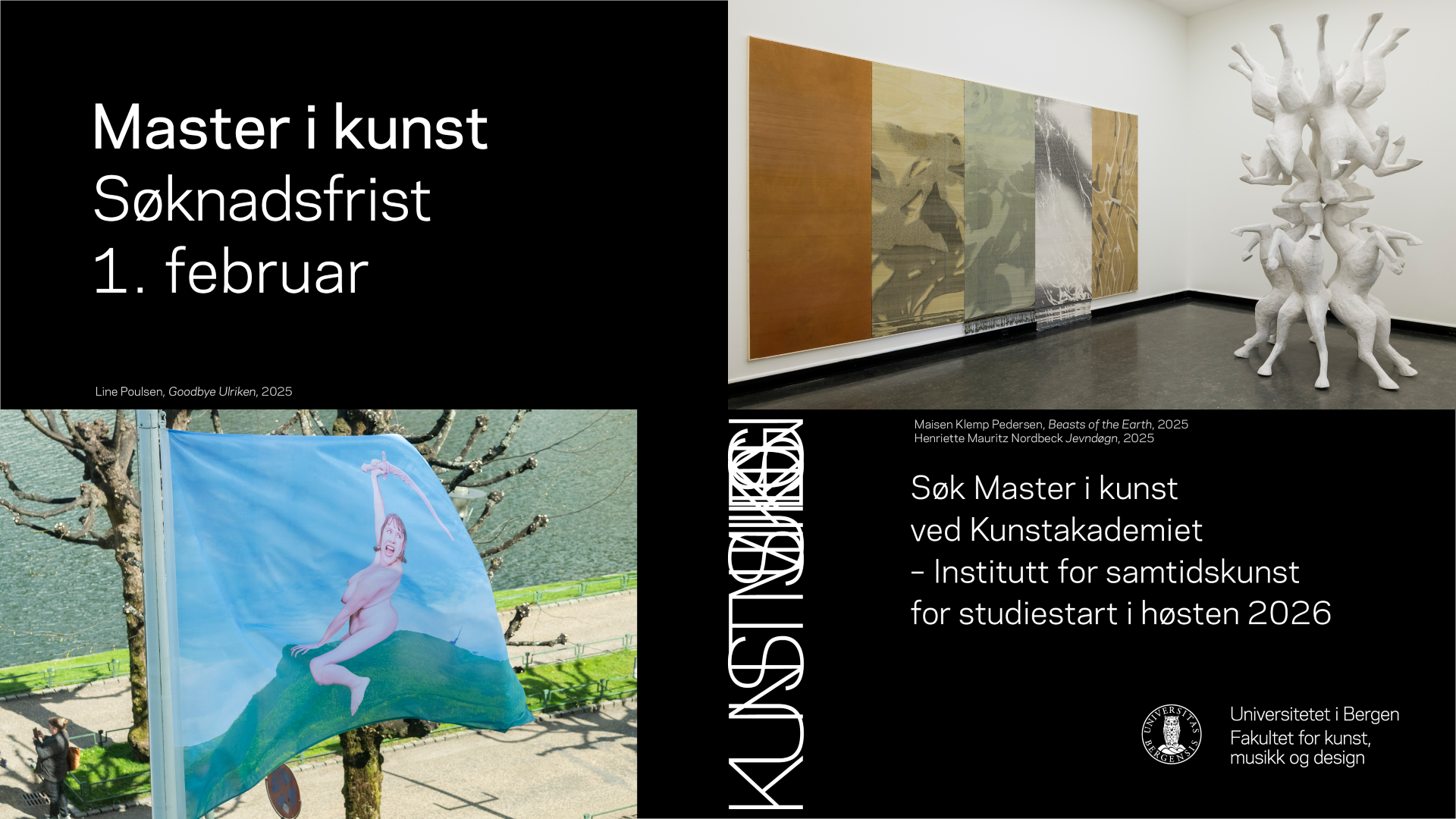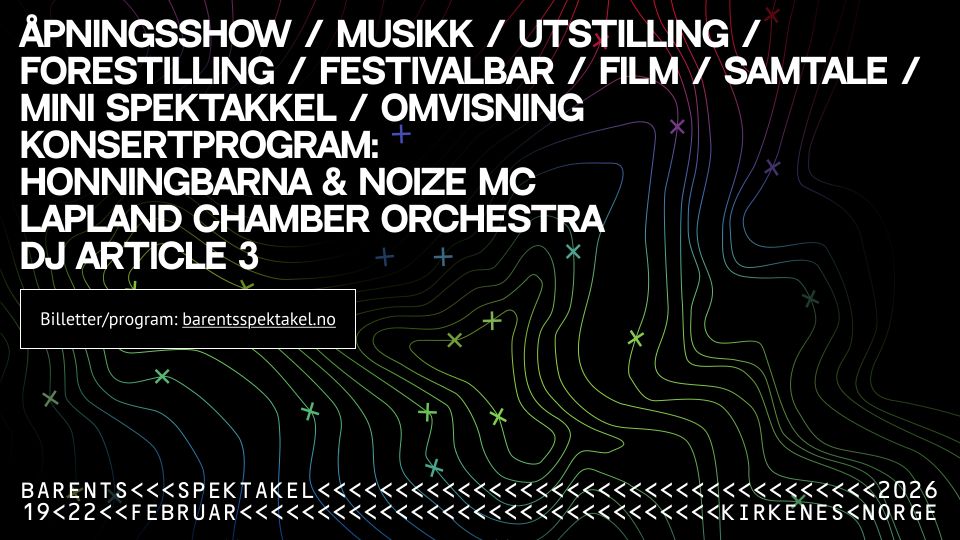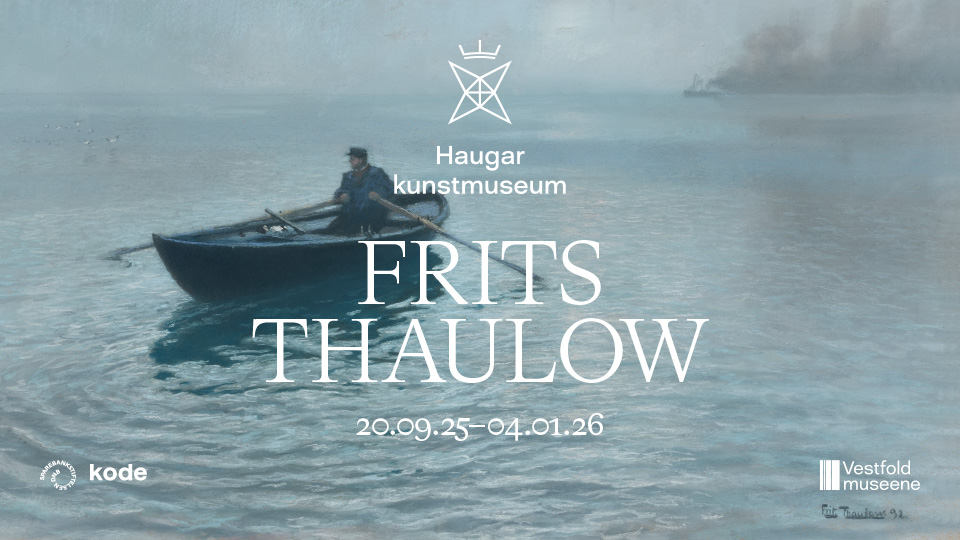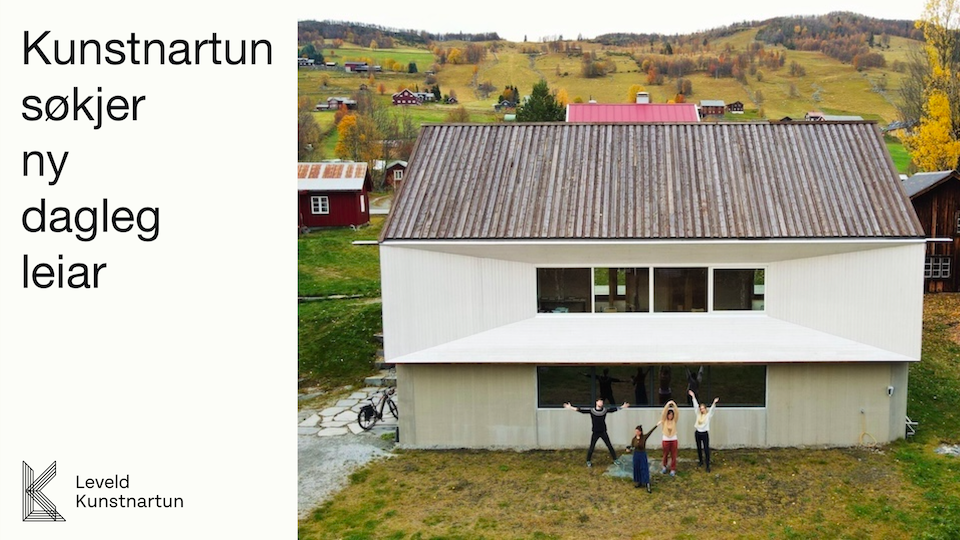
The present is soft, but Kristina Eriksson is hard. While the rest of us cuddle up in our filter bubbles and safe havens, she insists on one of the most irreconcilable things one can do: to paint a picture. Just like people, paintings are characterised by their flaws and failures; by the fact that they could always be better. No wonder they often attempt to look more beautiful or interesting than they actually are. Eriksson doesn’t work like that. The Swedish art critic Ulf Linde once said she could have become a cartoonist, not because of her humour or fondness for political commentary, but in reference to her sharp eye for imperfections. Eriksson simply cannot keep from seeing all the flaws of life; therefore, she has to paint them. Whether the result ends up being comical, touching, or just tragic, everyone gets to decide for themselves.
Eriksson is a discerning exhibitor. Her last major show in Stockholm was ten years ago at Sven-Harrys Konstmuseum, alongside her life partner Torsten Andersson (1926–2009), who had recently passed away. With her current show at Anna Bohman Gallery, she once again takes a firm grip on the main feature of human inadequacy: that we are going to die. And not only that: we are moving away from each other already. At this very moment, my body and the screen I’m looking at are traveling away from each other at the speed of light. The same goes for Eriksson’s paintings: they are falling helplessly through space, now as I gaze at them.
At least that is what it feels like, standing in front of the light, almost all white, canvases in the brightly lit gallery. It is a whiteness that is about capturing something that is in the process of disappearing with only a few strokes and patches on a surface. I think this is also why the paintings look so frail. Eriksson isn’t aiming for Minimalism, but for what is essential. She wants to depict life the way it really is: incomplete, until one day when it’s suddenly over.
A key work in the show is the large painting Hej då pappa (Good Bye, Dad; all works are undated, but are from between 2018 and 2020). It seems to depict, against a light backdrop shifting in barely visible shades of red and blue, an open grave seen diagonally from above. At the edge of the dark grave – or perhaps it’s actually a forest lake? – there’s what looks like a group of carnations; above them, what I think are two red lilies hover beneath a larger white flower exploding like a star in the middle of the composition. The carnations look as if they’ve been painted quickly and a bit clumsily (a level of clumsy that only the truly skilled can afford), while the flowers above seem to be floating in a different realm of reality.
The title of the painting alludes to a funeral from a child’s perspective, again with focus on the essential: the empty grave symbolising the absent body, the flowers signifying emotions. Still, I’m not sure the painting portrays grief, at least not in any clear-cut way. Perhaps it’s the dissimilar flowers which make me think that Eriksson wants to depict different aspects, or stages, of a loss. Or is it because grief runs as an undercurrent throughout the exhibition, and that the feeling of grief is actually inadequate to the complexity of facing the death of a loved one? A child, in particular, can be struck by the thought that she is not mourning enough. We are all imperfect and full of worries, even in the face of death, Eriksson seems to stress.

Actually, that white is the exhibition’s predominant colour is not entirely true. As I spend time with Eriksson’s paintings, a variety of hues begin to appear. Next to Hej då pappa is the more abstract Big Bang, an empty surface with a shimmering light red figure that looks about to either appear or disappear. I recognise the feeling I had when my first child was born: a shapeless figure who was already moving away from us. When I look at the picture again, I realise that it could very well be of a child being born, their head just about to crown. A crucial event if there ever was one, a “big bang”.
The most common subject matter here is flowers. But towards the back of the exhibition there is a painting of a woman with her back turned, looking towards the horizon with a box of wine in her hand. She looks to be pulling her shoulders up – perhaps it’s a chilly evening, perhaps she’s just visited the artist and brought the wine with her as she left? Doesn’t she look a bit wobbly? Her feet don’t seem to be moving in the same direction as the body. Eriksson has scraped and toiled to paint the woman’s back; she has simply painted a moment in life.

I’m reminded of Swedish painter and theorist Ivan Aguéli’s (1869–1917) distinction between cerebral and sentimental art. The latter creates aesthetic effects through the viewer’s memory and associations, while the former affects us directly, without intermediaries, through the material perception of “life’s inner pulse.” It is obvious that Eriksson belongs to the cerebral category. Her pictures can think without relying on words or being part of some overall design. She paints without a safety net, pushing against the medium’s capabilities with every new work.
This is also why her work seems incongruous and not quite contemporary. In the short exhibition essay by curator Eva Asp, Eriksson describes this by saying that her aim is to paint something that she herself can “endure.” Indeed, she is not merely a painter of dainty flowers. Her horizon is completely negative. She doesn’t want to add anything to the world to make it better or more beautiful. All she wants is to not make life more unbearable than it already is. And unlike many artists, she actually succeeds. Her critical attitude is the opposite of contemporary society’s excess of positivity, where there are ever more impressions to register and opportunities to explore. Eriksson does not care about that, and that is precisely why we should care about her.









